
[ad_1]
Mario minervino / [email protected] / @ mrminervino1
During these hours began the demolition of a magnificent building whose style, in architecture, is known as brutalism, because exposed concrete is the main protagonist of its aesthetic.
Despite an intense campaign by fans of the style and those who considered it a landmark in sanitary history, bulldozers began their task of demolishing Burroughs Wellcome, North Carolina, USA, built in 1969 by this pharmaceutical company.
The work had not only architectural value, but also emotional value: it was the place where the drug AZT was discovered that allows HIV-positive patients to have practically normal lives.
The demolition erased from the map this work of architect Paul Rudolph who, in the late 1960s, brought this constructive aesthetic to life.
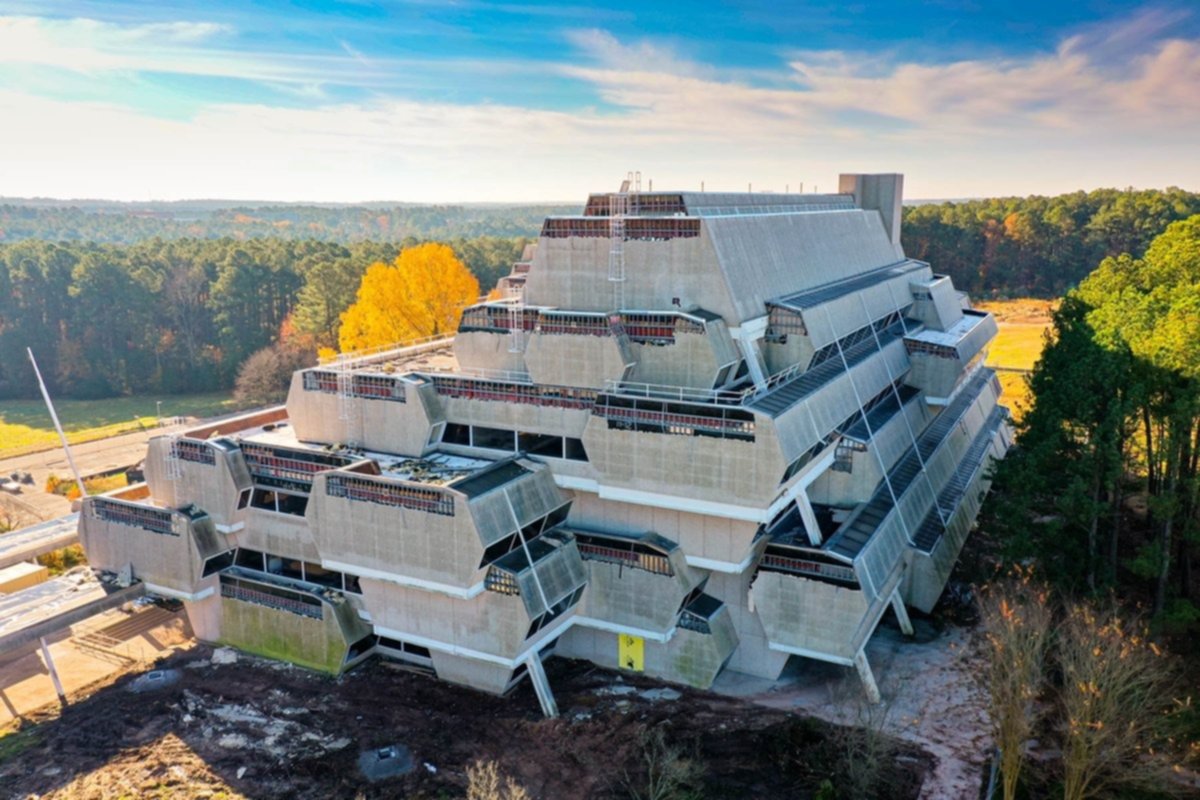
The building was a sort of mass of concrete, built with trapezoidal modules that were staggered on top of each other to form a mountain. Due to its futuristic appearance, it was later used to shoot the science fiction film Project Brainstorm.
But nothing moved the building’s new owner, United Therapeutics, who, although he considered the possibility of maintaining and using it, ultimately found it “unsafe, environmentally unsuitable and functionally obsolete,” so they will build a new work instead.
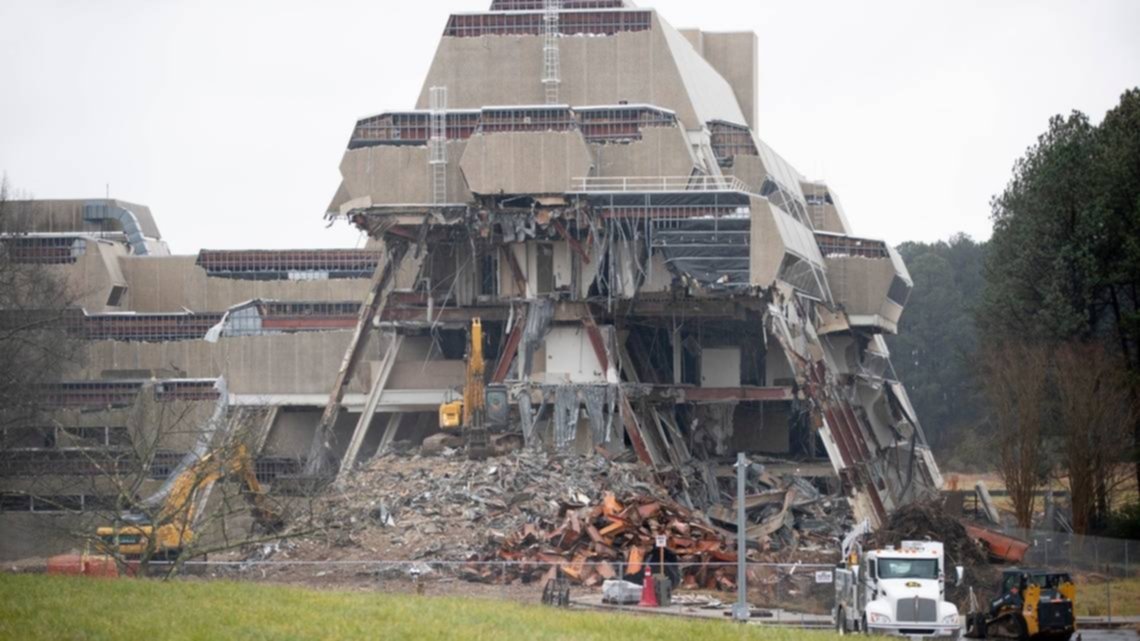
An inspiration, in these lands
Although the construction proposal is different, there is a complex of buildings in our city that in some ways is reminiscent of the demolished work in North America. It is the headquarters of CONICET, at km 7 of the road to La Carrindanga.
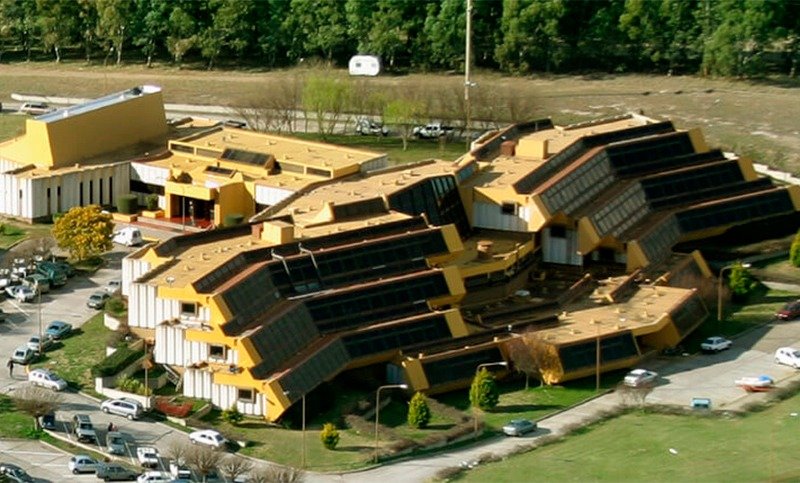
The La Carrindanga complex and its particular architecture
Its construction began in the mid-1980s and is today the seat of several academic institutes, its architecture is a brutalist and glazed mixture and, with its design, evokes, in a good sense, the Burroughs Wellcome, with all the exceptions that may be raised. .
Its shape with staggered volumes, its sloping walls, its futuristic appearance, its organization over an area of nearly 50 hectares, make the site something very striking and unique. Proof of this situation, the note published in the newspaper La Nación in the early 90s which mentions the place as “the new Silicon Valley”, in relation to the region of California which brings together emerging and global companies like Apple, Facebook and Google .
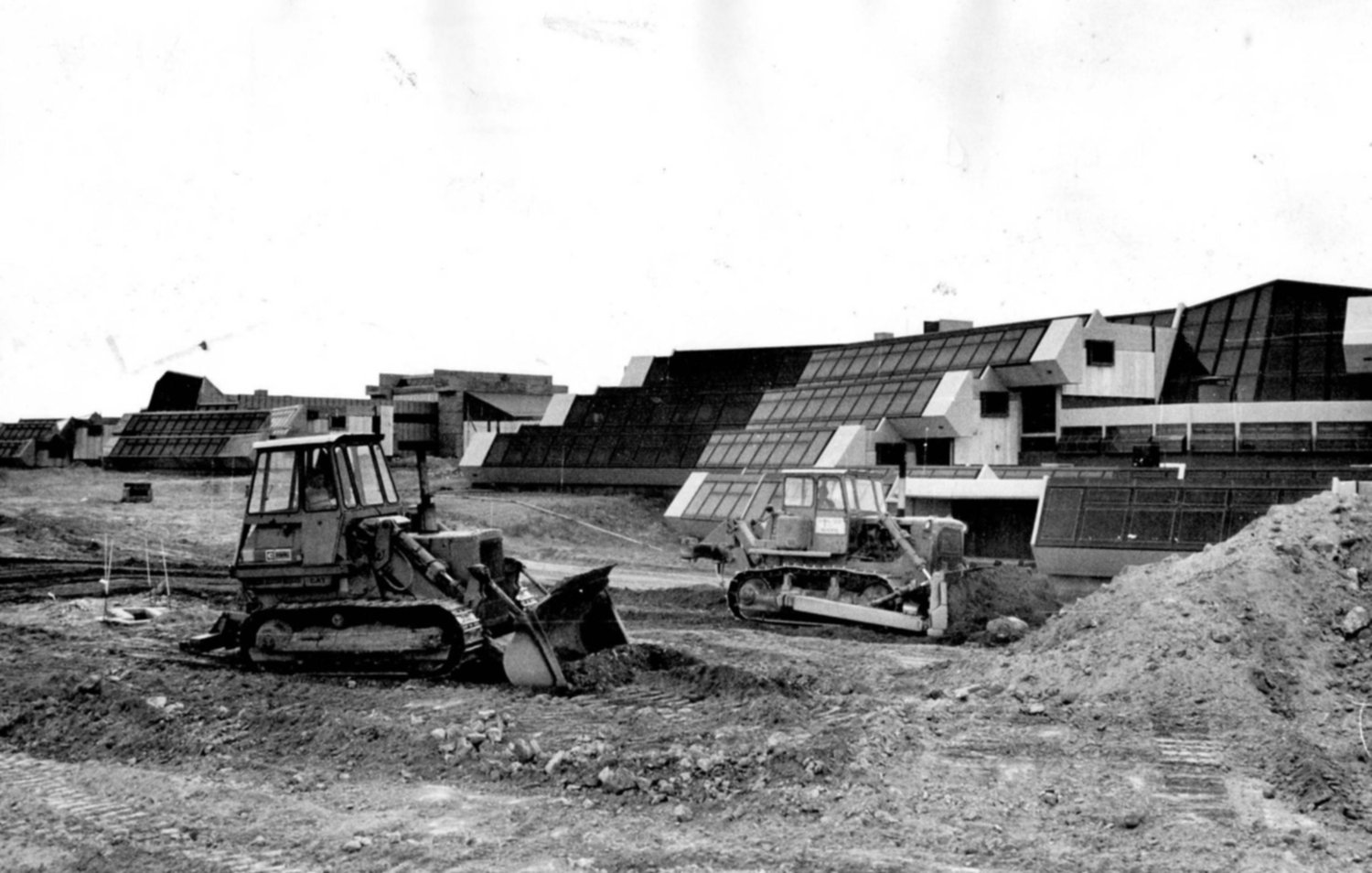
Work in progress, 1986
Two very distant stories in time and space but that architecture has made it possible to link. The first demolished. The second in force, a place that few visit, but which has many spices to be part of the places that deserve the opportunity to be visited and recognized.
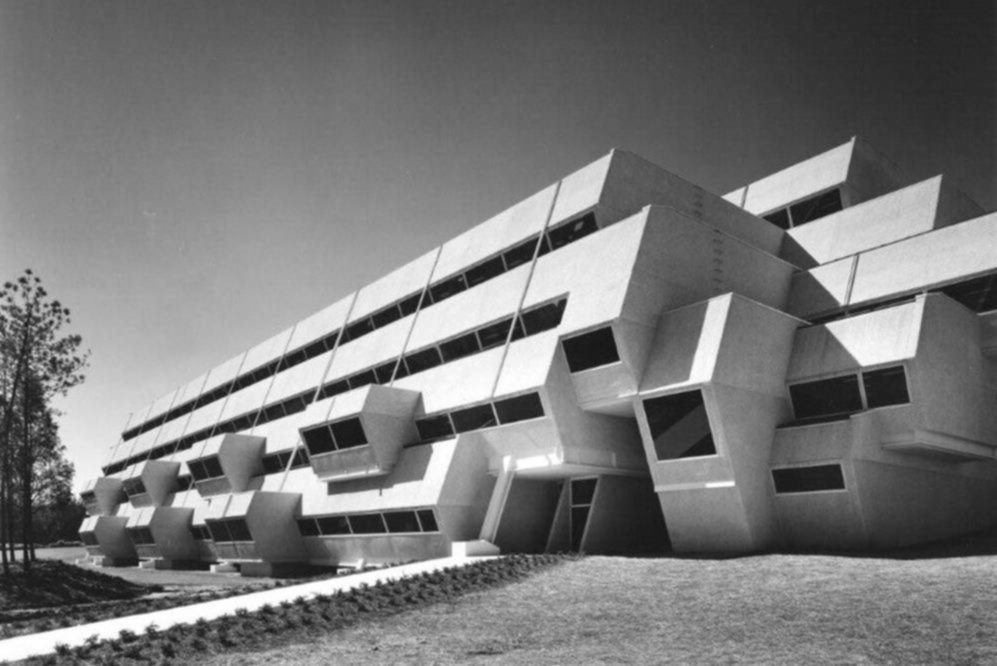

Burroughs Wellcome, CONICET. Models to build
.
[ad_2]
Source link
 Naaju Breaking News, Live Updates, Latest Headlines, Viral News, Top Stories, Trending Topics, Videos
Naaju Breaking News, Live Updates, Latest Headlines, Viral News, Top Stories, Trending Topics, Videos